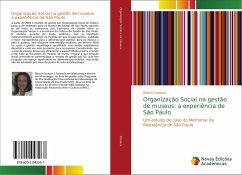The theme of this research is the perception of urban environments through virtual devices. However, it has been observed that digital media have more alienating potential than they realise. This is because they isolate their users within virtual worlds, leaving them oblivious to the events taking place around them. In this way, the aim of this research is to offer the possibility of using digital technologies as a potential for this perception. To achieve this, we used a bibliographical reference based on a discussion of the concepts of perception and alienation, together with the concepts of habit, memory and alienation. All of these were related to observations made about the photographs taken by Vivian Maier. She was a nanny, without any artistic training, who during the 20th century, at opportune moments, went out on the streets of Chicago anonymously photographing everyday scenes. Although Maier's camera was analogue, her work was taken into consideration in order to use digital photography taken with smartphones to make people more aware of the environments they pass through on a daily basis.
Bitte wählen Sie Ihr Anliegen aus.
Rechnungen
Retourenschein anfordern
Bestellstatus
Storno








